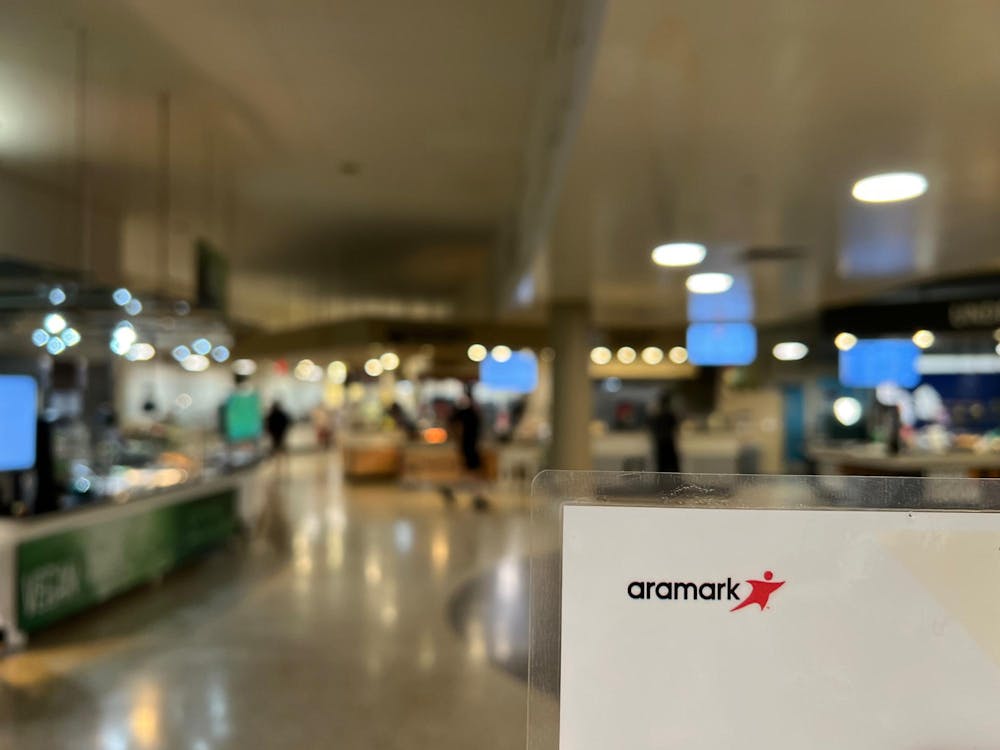As first-year students begin to find their rhythm in dorms and upperclassmen learn how to adjust to the responsibilities that come with a house or apartment, the pressures of finding housing for the next academic year have slowly started to seep into those already novel and complex routines.
Many students begin to search for housing options for their next school year as early as the beginning of September of their current school year. Edgar Olsen, an economics professor and housing specialist, said he believes this trend is due to the fact that students are on a one-year cycle that consistently repeats, whereas non-student renters are often unsure of the longevity of their time in a certain place, giving lessors more power to set a competitive lease-signing schedule.
“There is a difference between student demand and most people’s demand for housing that may account for the earliness of all of this,” Olsen said. “By and large, students know that they will be here the next year, and they want to get the most desirable units location wise and in other respects … That may be a little bit different from most people on the housing markets who are not on this one-year cycle.”
Charlottesville is the second most expensive metropolitan housing market in the state of Virginia with a median rent for a two-bedroom apartment of $1,250 — more expensive than Atlanta, Dallas and Phoenix, according to a rent report by ApartmentList. Meanwhile, rents in several apartment complexes closer to the Corner — for example, Lark on Main and Greenhouse, both near West Main Street — are approximately $1,000 per person.
Olsen told The Cavalier Daily that he believes that the cost of student apartments in Charlottesville has to do with very high demand for housing within walking distance of the University among both students and faculty members.
“I think a lot of the perceived expense may have to do with where students want to live, which is relatively close to the University,” Olsen said. “You’ve got this one location that a lot of people come to, and they would like to be very convenient to that location. There is a lot of demand for housing right around the University”
Suzanne Moomaw, an associate professor of urban and environmental planning in the School of Architecture, also emphasized the significance that proximity of housing to Grounds plays in driving up demand for student housing.
“In the case of students, the opportunity to live in multi-family or multi-unit housing structures close to the University was a real boost for them and an opportunity,” Moomaw said in an interview. “Otherwise, they were living in places far away from the Grounds.”
For second-year College student Julie Weiss, location has played a substantial role in contributing to her positive housing experience so far this academic year.
“This year, I live at GrandMarc, where typically second-year students live, and its proximity to the Corner and my classes makes living here a great experience,” Weiss said in an email to The Cavalier Daily.
The concentration of high-density, multi-unit apartment complexes near the Corner and Grounds — including GrandMarc and apartments on Wertland Street — is due to Charlottesville zoning regulations that were changed about a decade ago to allow more students to live within walking distance of the University, where the City had formerly disallowed high density housing.
“Around 14th Street where there are now a lot of apartments — that wasn’t true 10 or 15 years ago,” Olsen said. “The City changed its zoning in order to enable people to live close to the University … I think it was partly a response to the traffic congestion that was developing with students living further away.”
Second-year College student Cameron Veach said he has a different perspective.
“I’ve heard people say it’s pretty competitive and a bit stressful, because it’s hard to find a deal really early on,” Veach said. “But I never really got into that perspective. I’m in a house with seven other people, so some of them obviously did more work than I did ... It’s a bit expensive, but I think what matters is that you try to figure it out and find the right people to live with.”
Moomaw added that while the change in zoning was important in bringing University community members closer to Grounds, the zoning “usually doesn’t make any difference” in rental costs due to the fact that demand for a limited amount of housing is already so high and housing “is at such a premium.”
However, the high demand for rental housing among students has a noticeable ripple effect on the general housing market in Charlottesville, as the high demand decreases the availability of affordable rental housing in the area, Moomaw said.
The lack of low-cost and medium-cost housing in the Charlottesville area has been a cause of concern for City officials and residents for an extended period of time.
“The housing is in high demand and those that can pay the prices that are offered are the ones that get the housing,” Moomaw said. “It lessens the availability of rental housing in the City of Charlottesville.”
Ultimately, both Olsen and Moomaw stressed that high demand for housing close to Grounds was the key driving factor in Charlottesville’s student housing market, with Moomaw summarizing the complexity of the existing market in two primary issues.
“There are two problems here,” Moomaw said. “One is just the physical lack of enough housing for the people who want it at certain [places], and then the high rent.”
This story has been updated to remove a reference to a graphic which did not accompany this story







